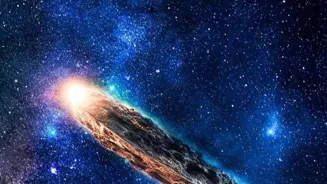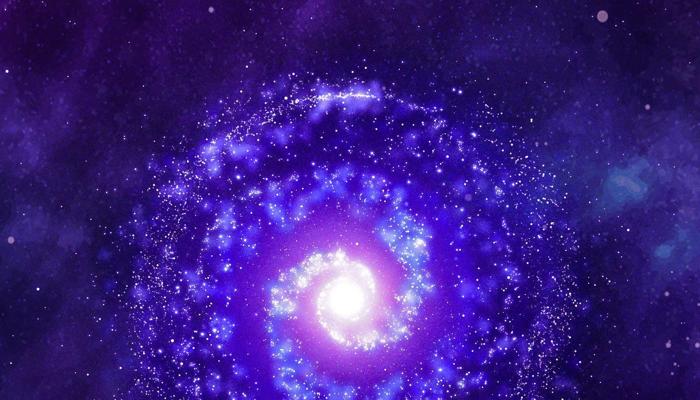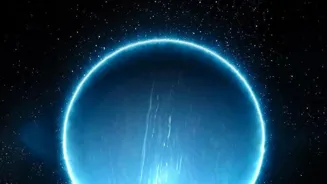Unraveling the Enigma of Gravity: How Space Alters Our Perception. Dive into the mysteries of gravity in space!
For most of us earthlings, gravity is a constant companion. It's what keeps our feet firmly
planted on the ground, prevents us from floating away into the atmosphere, and gives us a sense of weight and direction.
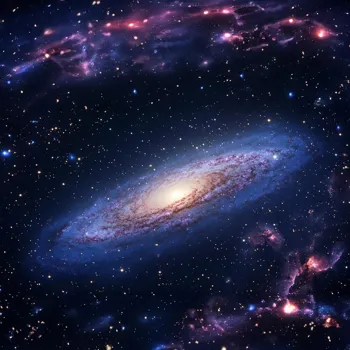
We take it for granted, but gravity is actually one of the most fundamental and mysterious forces in the universe. But what happens when we leave Earth's embrace and venture into the vastness of space? Why does gravity feel different up there?
The answer, as it often does in science, is a bit more complicated than it seems.
Astronauts in ISS experience weightlessness due to constant freefall
The perception of weightlessness in space is perhaps the most striking difference in how we experience gravity. Astronauts float effortlessly inside the International Space Station (ISS), objects drift freely, and even pouring water becomes a physics demonstration.

You might think there's no gravity in space. This is a common misconception. While it's true that the effects of gravity are weaker at higher altitudes, gravity is still very much present even hundreds of kilometers above Earth's surface, where the ISS orbits.
The key to understanding the feeling of weightlessness is to realize that astronauts in the ISS are actually in a constant state of freefall. Imagine yourself in an elevator.
Elevator cable snaps, feeling weightless as ISS falls
Imagine the elevator cable suddenly snaps then the elevator plummets downwards. During that brief moment, you would feel a sensation of weightlessness because you and the elevator are falling together at the same speed. This is exactly what is happening on the ISS.
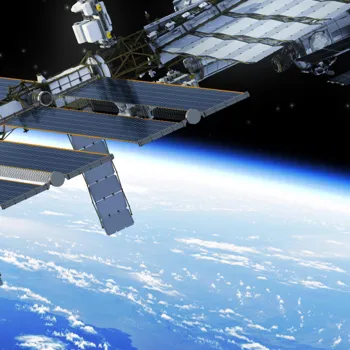
The ISS and everything inside it, including the astronauts, are constantly falling towards Earth.
The ISS orbits Earth due to forward speed, creating weightlessness
Now then, why don't they crash back down to the surface? This is because the ISS is also moving forward at a tremendous speed which is tangentially to earth. So, if you have a ball that is falling to the ground but also moving forward, then it can go straight. It's like throwing a ball horizontally.
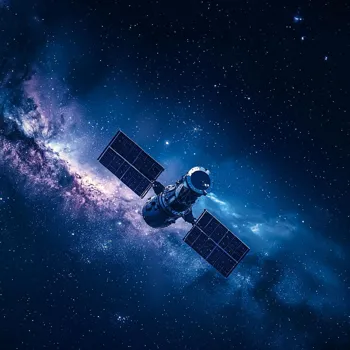
It curves downwards and eventually hits the ground. The faster you throw it, the further it goes, travelling straight, before landing. If you could throw it fast enough, it would curve around the Earth at the same rate that the Earth curves away beneath it. That's essentially what the ISS is doing.
It's constantly falling, but its forward velocity ensures that it keeps missing the Earth, resulting in a continuous orbit. This state of perpetual freefall is what creates the sensation of weightlessness.
Since everything inside the ISS is falling at the same rate, there is no relative force between the astronauts and their environment, creating the floating effect they experience.
Newton's Law explains gravity weakening, but freefall causes weightlessness in space
The weakening of Gravity is explained by Newton's Law of Universal Gravitation. This law states that the gravitational force between two objects is proportional to the product of their masses and inversely proportional to the square of the distance between them.
In simpler terms, the further you are from the Earth, the weaker its gravitational pull. Think of it like a magnet and a metal object. The closer the magnet is, the stronger the pull. As you move the object away, the magnetic force weakens noticeably.
Similarly, while the Earth's gravity is still present at the altitude of the ISS, it's about 10% weaker than it is on the surface. However, this difference in gravity alone is not enough to explain the dramatic feeling of weightlessness. The freefall phenomenon is the primary factor.
It's important to remember that even though we feel "weightless" in space, we still have mass and are still subject to gravitational forces.
Absence of gravity affects body, weakening muscles, bones, and circulation
Our bodies are designed to function under the constant influence of Earth's gravity. Our muscles, bones, and circulatory system all work together to counteract the downward pull. In the absence of this constant force, our bodies undergo a number of changes.
For example, muscles tend to weaken and atrophy because they don't have to work as hard to support our weight. Bones can lose density as they are no longer subjected to the same stress from bearing weight.
Fluid shifts occur within the body, as gravity no longer pulls fluids downwards, leading to changes in blood pressure and potential vision problems.
Scientists study space effects on human body for long missions, innovate medical science
Scientists are actively investigating the long-term effects of space travel on the human body. Understanding these effects is critical for planning future missions, especially those involving long-duration spaceflight, such as missions to Mars.
Research focuses on developing countermeasures to mitigate the negative effects of weightlessness. Exercise regimes, specialized suits that provide artificial gravity loading, and pharmaceutical interventions are all being explored.
The goal is to ensure the health and well-being of astronauts during and after their time in space.
Furthermore, the study of how our bodies adapt to space can also provide insights into various health problems on Earth, such as osteoporosis and muscle wasting, leading to new treatments and therapies. In essence, the challenges of space exploration are driving innovation in medical science.
Studying gravity in space reveals fundamental material properties and celestial effects
The study of gravity in space is not just about understanding the human body. It also allows scientists to conduct experiments that are impossible on Earth. In the absence of gravity's influence, it can be used to study the fundamental properties of materials, chemical reactions, and fluid dynamics.
For instance, the ISS provides a unique platform for crystal growth experiments, as the absence of convection currents allows for the creation of larger and more perfect crystals than are possible on Earth.
These crystals can then be used in advanced technologies, such as semiconductors and pharmaceuticals. Moreover, scientists are also using space-based observatories to study the gravitational effects of distant celestial objects, such as black holes and neutron stars.
These observations can provide valuable insights into the nature of gravity itself and the evolution of the universe.
Gravity's impact on plant growth studied through space experiments
Gravity also affects the development of plants in unique ways. In fact, scientist often experiment with seed germination in space. These experiments in recent years help us to study life in extreme conditions.
AI Generated Content. Glance/InMobi shall have no liability for the content
